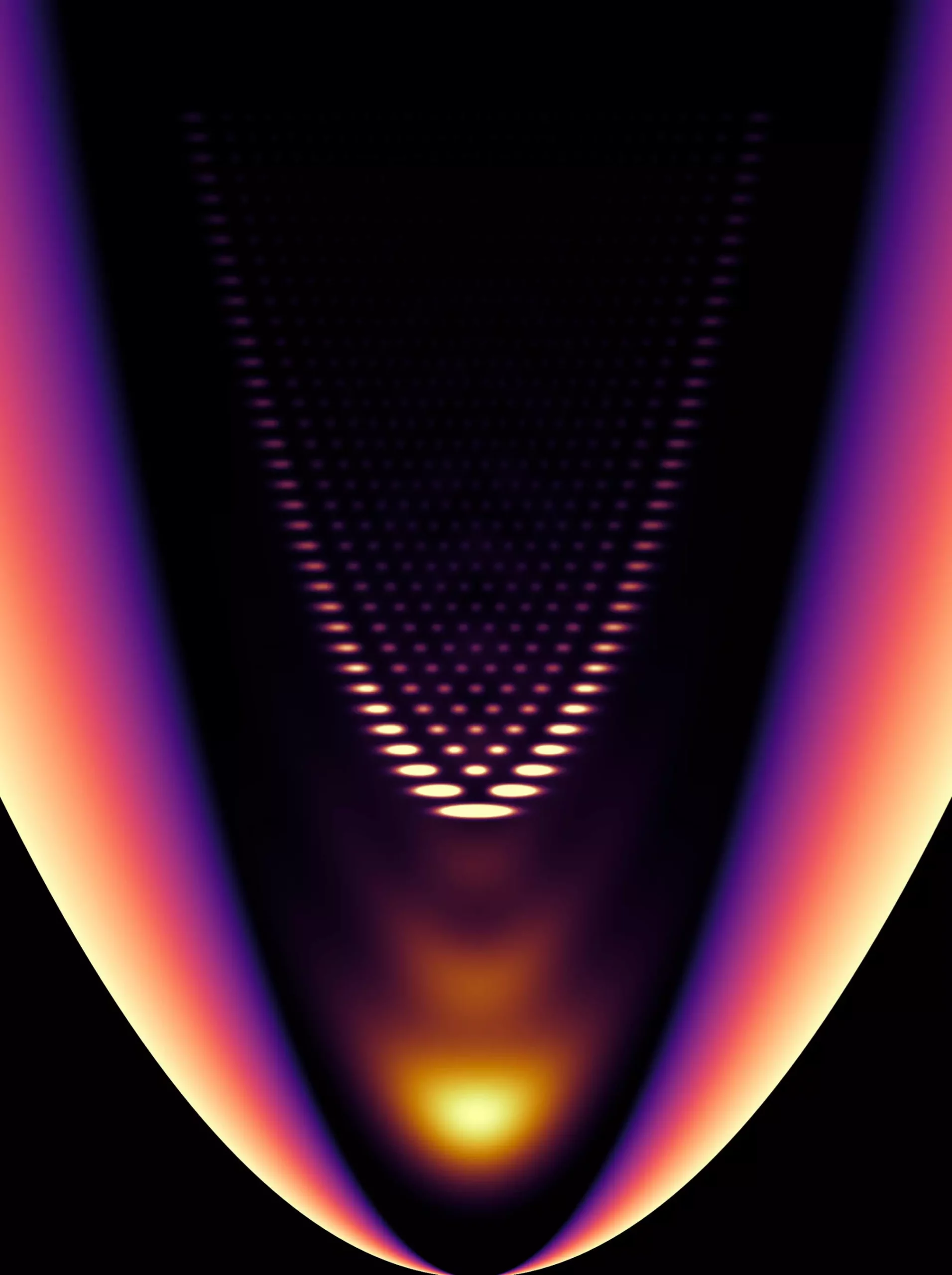Recent breakthroughs in the realm of quantum physics have captured the interest of researchers worldwide. A collaborative study conducted by physicists at the University of Bonn and the University of Kaiserslautern-Landau (RPTU) has led to the creation of a one-dimensional gas formed from light particles—known as photons. This pioneering endeavor not only tests established theoretical predictions about such an exotic state of matter but may also pave the way for novel investigations into quantum effects. The findings were notably published in the esteemed journal, Nature Physics.
The experiment serves as a fascinating glimpse into the potential to examine the fundamental properties of light and matter at the quantum level. By transitioning photons into a condensed state, researchers have opened a new frontier in understanding how dimensionality influences the behavior of gases. This inquiry is essential, as it broadens the scope of research surrounding quantum gases and, ultimately, their practical applications.
To comprehend the significance of the researchers’ work, one must first grasp the general principles of dimensionality. In essence, the dimension of a gas determines how particles within it interact and behave. The analogy of water in a pool versus water in a gutter effectively illustrates this concept: while the pool allows for a homogenous and less constrained flow of water, the gutter enforces directional limitations, resulting in heightened wave action.
Translating this concept to photon gases means recognizing that the spatial constraints imposed on photons result in fascinating phenomena and unique behaviors. The researchers at the University of Bonn aimed to replicate the one-dimensional behaviors detected in other states of matter, ultimately supporting the theoretical groundwork laid in physics regarding dimensional influences.
In this groundbreaking experiment, physicists undertook the challenge of confining and cooling an abundance of photons. They achieved this by filling a minuscule container with a specialized dye solution and then exciting it with a laser source. The photons within the container then oscillated between its reflective walls, interacting with the dye molecules to lose energy and condense into a photon gas.
One of the team’s key innovations lay in the ability to manipulate the reflective container’s surface. By employing high-resolution structuring methods, transparent polymers were affixed to create microscopically small protrusions on the reflective surfaces. This creative approach allowed for precise control over the dimensionality of the photon gas. By varying the dimensions of these polymer structures, researchers could effectively “trap” photons within either one or two dimensions.
One-dimensional systems pose a distinctive challenge due to their inherent susceptibility to thermal fluctuations. While such fluctuations tend to have a minimal impact in two dimensions, they generate significantly more pronounced effects in one dimension. As a result, the characteristic phase transitions observed in two-dimensional gases—where a precise condensation temperature exists—are less defined in one-dimensional scenarios.
In fact, researchers found that the process of transitioning to a one-dimensional photon gas does not possess a clear condensation point. Rather, the distinct states of the gas become increasingly smudged, characterized by fluctuating regions that do not exhibit uniformity. This behavior is reminiscent of a water-like substance transitioning to a semi-frozen state and highlights the complexity of quantum behaviors.
The findings stemming from this study open up new avenues of exploration within the realm of quantum optics. By facilitating investigations concerning the transitions between different gas dimensionalities, researchers may uncover phenomena that were previously difficult to study. As the intricacies of quantum gases continue to reveal themselves, the boundaries of applied physics may shift in reaction to new understandings.
Though much of this research currently lies within the territory of basic science, the potential implications extend beyond sheer academic interest. Discoveries made in the study of photon gases could impact multiple disciplines, including development in quantum computing, advanced sensing technologies, and even innovative materials designed on quantum principles.
In summation, the creation of a one-dimensional gas composed of photons signifies an exciting leap toward understanding the behaviors of light at the quantum level. The collaboration between universities marks a milestone in experimental physics and a vital step toward unraveling the complexities of how dimensionality shapes the properties of matter. As research continues, the implications of this groundbreaking experiment may ripple far beyond the confines of academia and into tangible applications that could reshape technological landscapes.


Leave a Reply